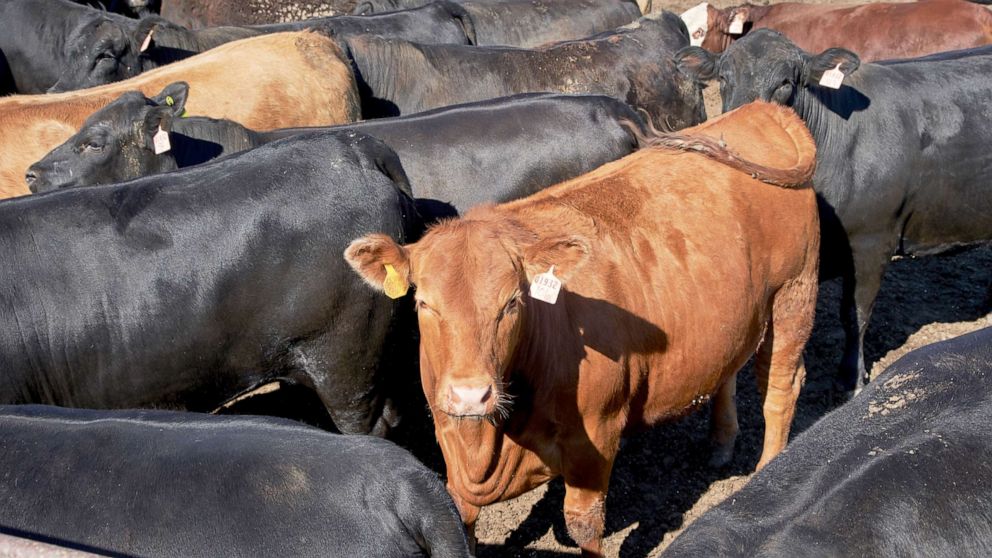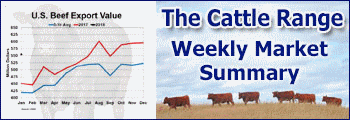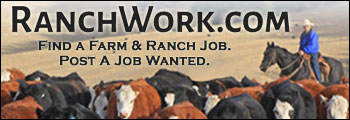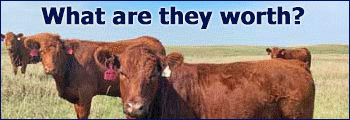Derrell S. Peel, Oklahoma State University
The September USDA Cattle on Feed report showed that August placements were 98.6 percent of last year and marketings were 96.4 percent of one year ago. There was one less business day this August, so daily average marketings were actually up fractionally from last year. The September 1 on-feed total was 11.2 million head, 100.6 percent of one year ago. The report was well anticipated and should not cause a market reaction.
Feedlots have maintained inventories slightly higher in the first nine months of 2024, up an average of 0.6 percent compared to one year ago. However, total feedlot placements in the January – August period were down 1.9 percent year over year. The feedlot industry continues to find ways to hold inventory levels despite an ever-smaller feeder cattle supply. Continued heifer feeding is one key to that but increased days on feed is most important this year. The most recent monthly data from the Kansas Focus on Feedlots summary shows average days on feed for steers at 204 days and the current 12 month moving average continues to inch higher at 194 days. Increased days on feed means a slower feedlot turnover rate and helps feedlot maintain the inventory level despite a reduce throughput – feedlot marketings are down 1.0 percent year over year thus far in 2024.
Steer and heifer carcass weights continue to advance sharply this year. Current weekly steer carcass weights are 941 pounds, up 24 pounds year over year. Steer carcass weight shave averaged 23 pounds heavier for the year to date. Heifer carcasses are currently 846 pounds, up 21 pounds from one year ago, with a year-to-date average 19 pounds above last year. Simultaneously, steer slaughter is down a scant 0.3 percent year over year, while heifer slaughter is down 2.3 percent for the year to date. Total fed slaughter is down 1.1 percent in the first 36 weeks of the year, a smaller decrease than previously expected. Higher than expected fed slaughter and sharply higher fed carcass weights put total fed beef production higher by 1.4 percent year over year. This is offset by a 12.9 percent year over year decrease in nonfed beef production resulting in a 1.1 percent year to date decrease in total beef production. Unexpectedly large fed beef production has changed expectations for annual beef production from earlier forecasts of a 4-5 percent year over year decrease to current estimates of a one percent decrease in total beef production.














